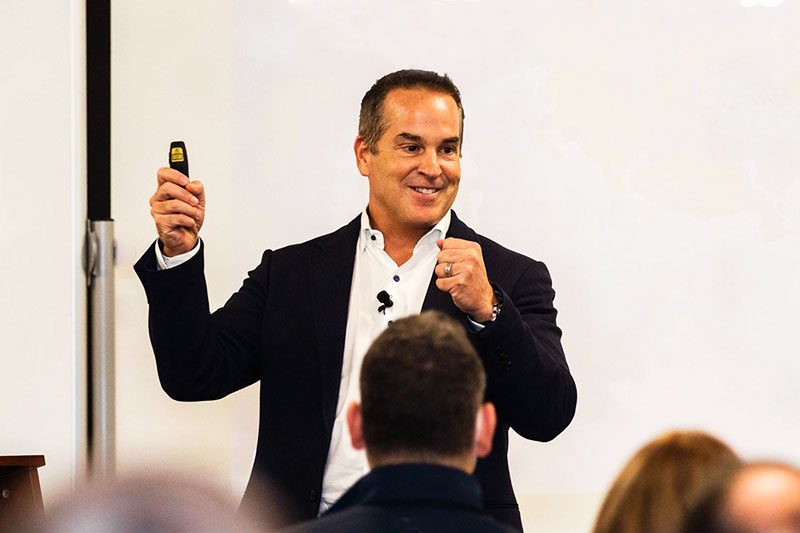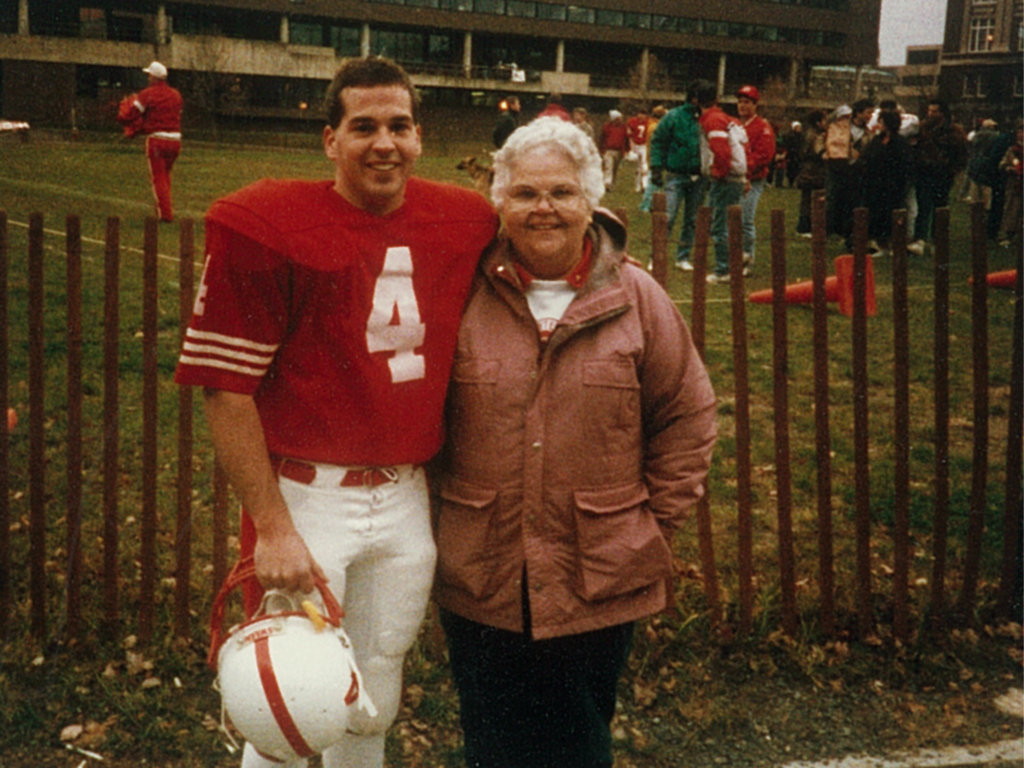Leadership is a daily decision. If you decide you want to be a leader, then you can become one. Yes, some people are genetically predisposed to leading—natural-born leaders make up roughly one-third of leaders, which means most leaders are made, not born.
Full disclosure: leading is something that felt natural to me from an early age. The age of eight to be exact. It was the first day of football practice, we were all in a huddle, and the coach asked one of us to get in the middle and lead jumping jacks. I jumped in and have been leading ever since. Now, I want to be clear that my being drawn to leading did not inherently make me a competent leader. It is the daily decision to be a leader and acting on that decision that has made me the successful leader I am today.
What does that daily decision to lead include?
Embrace leadership as a journey, not a destination. No matter where you are on your leadership journey, you have not “arrived,” because leadership has no final destination. Leaders strive every day to reach new and challenging destinations.
Lifelong Learning. To evolve as a leader, you must continually seek to gain knowledge, skills, and experience. One of the most impactful ways to do that is by learning from other leaders. What leaders do you admire and why? What skills and knowledge can you gain from them? Are they available for mentorship, coaching, or simply getting you in front of the right people?
What skills, knowledge, and experience do you need to get to your next leadership destination? What daily steps are you taking to obtain them?
Intellectual Curiosity. Intellectual curiosity is the desire to learn about the world around you; to ask “why” and “how” with purpose. Equally important for leaders is to listen to the whys and hows of others with an open mind and without judgment. Encourage those you lead to share their thought processes and ideas. “Why don’t you think that will work?” “How do you think we might make this work?”
Research indicates a connection between curious behaviors and adaptive behaviors. Those with a curious personality exhibit a higher tendency towards positivity, playfulness, unconventional thinking, and a tolerance of anxiety and uncertainty. All of these are critical traits for a leader to practice and to encourage in those they lead. How many times did you ask “why” today?
Collaboration. The commitment to lifelong learning and intellectual curiosity leads to collaboration. A capable leader seizes the opportunity to leverage and connect the skills, talents, and experiences that every employee brings to the table. To do that the leader must set a vision people want to follow, invite and encourage people to collaborate in pursuit of that vision, and set goals so they know how to make that vision a reality. How have you modeled collaboration today?
Trust. Collaboration requires transparency and respect which builds trust—a crucial element to a successful organization. In his book Trust Factor: The Science of Creating High-Performance Companies, Paul J. Zak identifies some of the proven benefits of working in a high-trust environment: 60 percent of respondents found more job enjoyment, 70 percent found more alignment with the company’s purpose, and 66 percent felt closer to their colleagues than those working in a low-trust environment.
How are you fostering trust in your organization every day?
Making the daily decision to be a leader is hard work, but it’s also inspiring, exhilarating, and the greatest gift you could ever give yourself.














